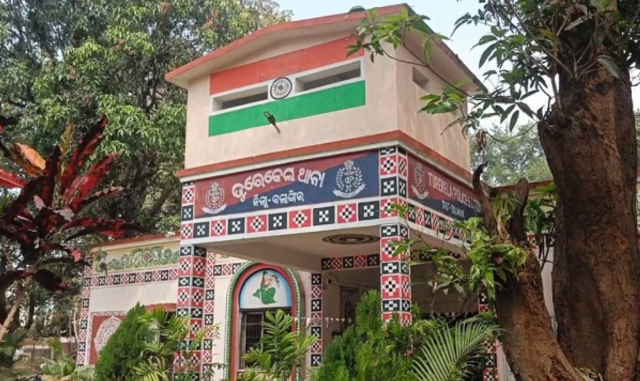SpaceX has postponed the planned launch of a replacement crew of four astronauts to the International Space Station (ISS) due to a technical issue with the rocket’s launchpad.
This delay has prolonged the return of U.S. astronauts Butch Wilmore and Suni Williams, who have been stranded in space for nine months following a malfunction with Boeing’s Starliner spacecraft.
The launch was called off last minute, with officials announcing during a livestream of the countdown that it remains unclear when the next launch attempt will be. The nature of the issue suggests a potential retry in the coming days.
The mission, which was set to take off at 7:48 p.m. ET (2348 GMT) from Kennedy Space Center aboard SpaceX’s Falcon 9 rocket, aimed to carry two U.S. astronauts, alongside one astronaut each from Japan and Russia. NASA assured that Wilmore and Williams remain safe and continue their work on research and maintenance with other ISS crew members.
“It’s been a roller coaster for them, probably more so than for us,” Williams said during a March 4 press conference. She expressed her eagerness to reunite with her family and pet dogs.
The Crew-10 mission has become politically charged, with former President Donald Trump and SpaceX CEO Elon Musk blaming President Joe Biden for the prolonged stay of the astronauts, although no evidence was provided. Their intervention in NASA’s operations led to an expedited mission schedule, shifting the launch target date from March 26 to an earlier window.
Once the new crew arrives at the ISS, Wilmore, Williams, NASA astronaut Nick Hague, and Russian cosmonaut Aleksandr Gorbunov will return to Earth aboard a capsule docked since September as part of the Crew-9 mission. Until then, Wilmore and Williams must remain onboard to maintain a sufficient number of U.S. astronauts for station operations.
Wilmore and Williams were the first test crew for Boeing’s Starliner, developed under a $4.5 billion NASA contract meant to compete with SpaceX’s Crew Dragon. However, Starliner’s numerous engineering problems and cost overruns have delayed its progress, leaving Crew Dragon—developed under a similar $4 billion NASA contract—as NASA’s only active vehicle for crewed ISS missions since 2020.
NASA had originally planned to send a SpaceX rocket from Florida to deliver a new crew to the ISS, paving the way for Wilmore and Williams to return home. The mission was expedited by two weeks after President Trump and Elon Musk urged an earlier return for the astronauts.
Originally scheduled for an eight-day stay, Wilmore and Williams’ mission has stretched far beyond expectations. Starliner, which transported them to the station last June, returned to Earth without them due to propulsion system issues, leaving them aboard the ISS.




















